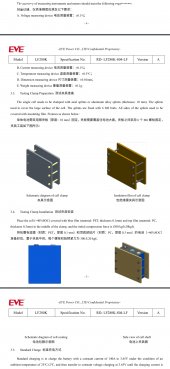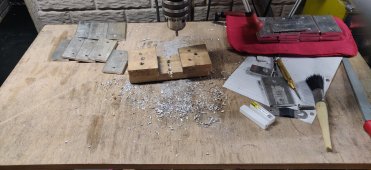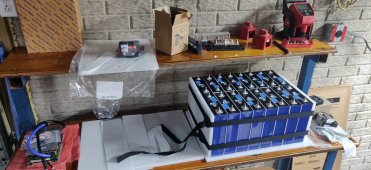Just for kicks, let's look at the amount a 1/4" stainless rod will stretch when six of them are used to hold EVE 230 Ah cells. The datasheet from EVE says that the maximum pressure should be 15kN if the cells rupture. I'm doing math in public here, but that should come out to about 3,300 pounds of force. A stainless rod should have a Young's Modulus of about 140 gigaPascals, or roughly 20,300,000 PSI. If we calculate the stress on one rod, we should be able to divide later by the number of rods to see how much each rod will expand. Here we go....
Stress = Force/Area = 3,300 lbf / 0.049 in2 (for a 1/4" rod) = 67,227 PSI
Strain = Stress/Young's Modulus = 67,227 PSI / 20,300,000 PSI = 0.003 inches per inch of rod
If we assume that we have 8 EVE 230 Ah cells in a case, we'll need about 17" of rods to cover the length.
Now, 17 inches * 0.003 inches per inch = 0.056 inches.
If we use six rods, that would be 0.056/6 = 0.0094", or about 0.24mm.
The relative motion of each of the eight cells would be 0.0094" / 8 = 0.0011", or just under 29 micrometers.
That's if the cells rupture. Normal use would see much less motion.






